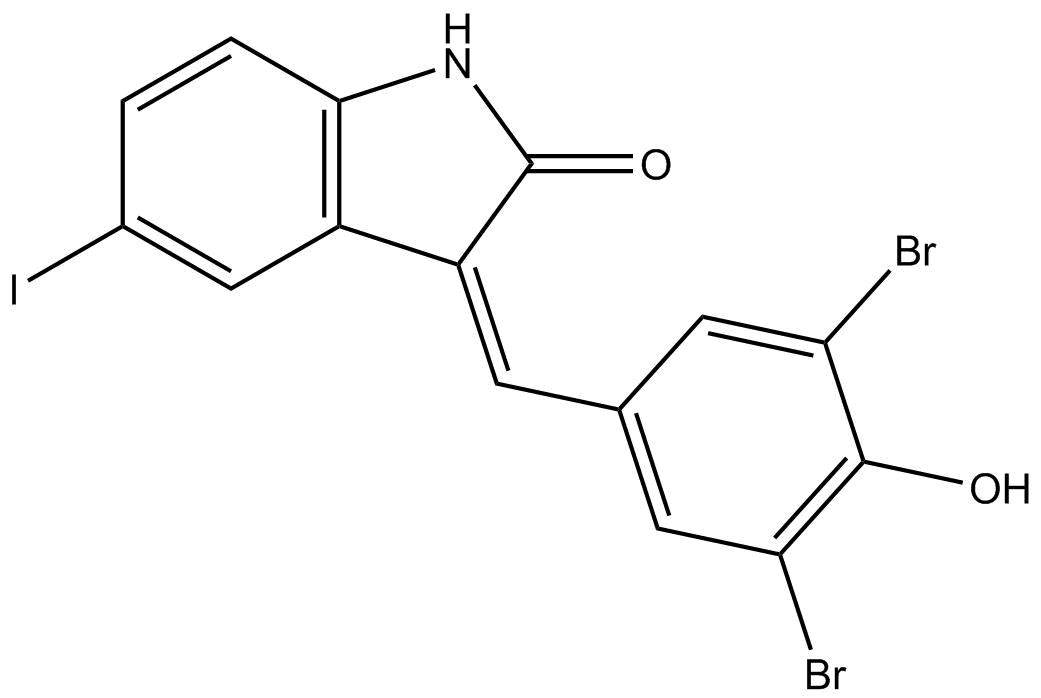Archives
The immunoregulatory and regenerative properties of MSCs mak
The immunoregulatory and regenerative properties of MSCs make them ideal for use as therapeutic agents as they are uniquely positioned to suppress local inflammation and at the same time initiate tissue repair (). However, directing stem cell fate decisions towards a specific lineage is influenced by a variety of external and internal factors (), which are still not completely elucidated. To successfully microengineer the native microenvironment of the cartilage ECM and the chondrocyte niche, it is critical to fully understand, and if needed, precisely modulate the molecular steps involved in chondrogenesis. This approach could be facilitated by using biomaterials that mimic the native ECM in combination with the necessary biophysical cues required for cellular remodelling (). Depending on the specific properties of the biomaterial under investigation, a variety of biophysical parameters such as swelling or porosity can be engineered to induce changes in cell spreading, migration and differentiation.
New biomimetic biomaterials are now being developed for microengineering the unique niche in articular cartilage, taking advantage of the integration of mechanical and topographical properties of materials in scaffold design, and incorporation of biochemical cues such as cytokines in tethered, soluble, or time-released forms (). For example, fibrous poly(glycerol sebacate):poly(caprolactone) (PGS:PCL) scaffolds containing aligned fibres are able to direct the growth of primary human valvular interstitial p38 pathway along the scaffold axis (). A similar approach could be used to mimic the zonal structure and mechanical properties of native articular cartilage.
Hyperkalemia is usually seen in patients with chronic kidney disease (CKD) when renal excretion of potassium (K) is reduced below the level of intake. Normal K intake does not cause hyperkalemia despite a progressive fall in glomerular filtration rate (GFR) until a critically low level, usually less than 25mL/min, is achieved (). This is due to adaptive mechanisms that permit the excretion of a normal daily K load despite reduced GFR. Part of this adaptation involves the release of aldosterone from the adrenal glands. Aldosterone acts on the kidney promoting K secretion. When the release of aldosterone is reduced — as in patients with idiopathic hypoaldosteronism or during the administration of renin angiotensin system (RAS) blockers or aldosterone antagonists — hyperkalemia often develops. In fact, the therapeutic use of these agents in patients with CKD, diabetic nephropathy or congestive heart failure is often limited by the development of hyperkalemia as a potentially dangerous side-effect. Since hyperkalemia usually develops as a result of reduced renal K secretion, the question that arises is: can we rely on amplification of colonic K excretion as a route of external disposal?
There are a number of similarities and differences between colonic and kidney K secretion. Two types of apical membrane K channels that permit K secretion have been identified. The renal outer medullary K channel (ROMK) is a low conductance K channel which is present in the kidney (). The large conductance K channel (BK), is present in both principal and intercalated cells in the kidney () and also in the colon (). Aldosterone stimulates the Epithelial Sodium Channel (ENaC), causing a negative transepithelial potential and increasing the driving force for K secretion via the ROMK channel. In the colon, the BK c hannel is the channel present in the apical site where it mediates K secretion. There is also active transport of K across basolateral membrane through Na–K-ATPase and Na–K-2Cl co-transport into cells. A negative potential difference across the colonic luminal membrane and the high intracellular K also facilitate secretion of K through the BK channel. K absorption occurs in the distal colon as a result of active translocation of K via a colonic H–K-ATPase.
hannel is the channel present in the apical site where it mediates K secretion. There is also active transport of K across basolateral membrane through Na–K-ATPase and Na–K-2Cl co-transport into cells. A negative potential difference across the colonic luminal membrane and the high intracellular K also facilitate secretion of K through the BK channel. K absorption occurs in the distal colon as a result of active translocation of K via a colonic H–K-ATPase.